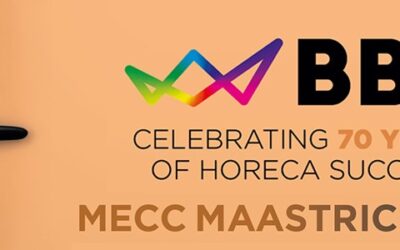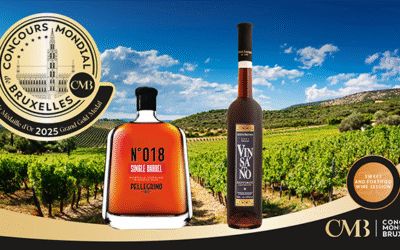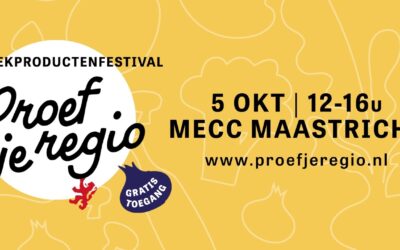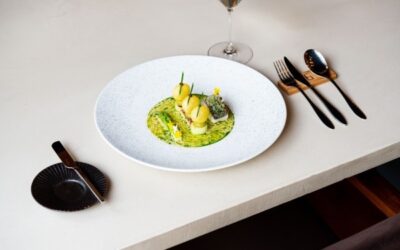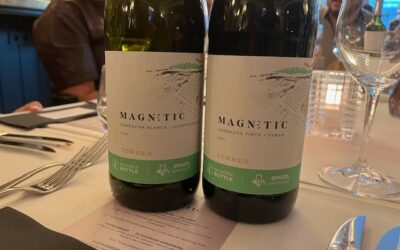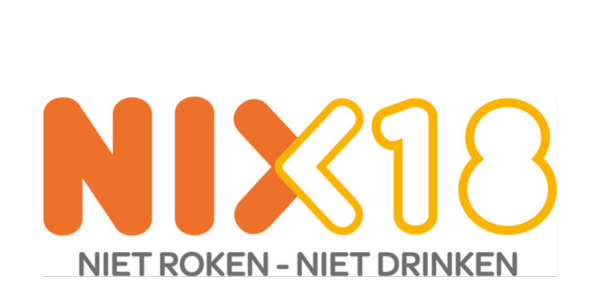
A harmonious blend of diversity across 65 hectares of vineyards brings out the unique character of each micro-terroir between Greve and Panzano, showcasing their full potential for exceptional winemaking
Greve in Chianti, 12 November 2024 – Vignamaggio, an estate with roots dating back to 1404, cultivates 65 hectares of vineyards at the heart of the Chianti Classico region, between Greve and Panzano. The estate skillfully manages seven unique micro-terroirs, each tailored to highlight the richness of a diverse ecosystem. Driven by a philosophy that honors the land and its nuances, Vignamaggio produces wines with a bold, distinctive character, embodying the spirit of each microzone.
Vignamaggio’s 65 hectares of vineyards are divided into seven “microzones”, each contributing to the estate’s rich and expressive mosaic. While Sangiovese is the leading variety, the estate also cultivates Merlot, Cabernet Franc, Cabernet Sauvignon, Malvasia Bianca, Trebbiano, Chardonnay and Pinot Bianco. The creation of each wine reflects skillful blending, leveraging soil diversity and adapting to the specific conditions of each vintage.
Francesco Naldi, Vignamaggio’s experienced agronomist, has long championed a scientific approach to vineyard management, employing detailed analysis, sampling and sensory evaluations. His daily presence ensures a deep understanding of the estate’s seasonal rhythms, allowing for precisely tailored intervention.
“Managing 61 vineyard plots across 7 zones means truly understanding the unique traits of each micro-terroir. Our goal is to unlock this potential with precise interventions that align with the soil and climate, allowing us to produce wines that capture the essence of the land and vintage, ensuring balance and authenticity in every bottle.” – explains Francesco Naldi, Head of Agriculture at Vignamaggio. The estate’s vineyards are part of two key Unità Geografiche Aggiuntive within the Chianti Classico region: Greve and Panzano.

U.G.A GREVE
Nestled along the right bank of the Greve River, Vignamaggio’s vineyards extend into the southern part of the Greve Unità Geografiche Aggiuntiva. This area includes the following “microzones”:
Prenzano-Petriolo is the highest section of the estate, facing southwest at an elevation of 340-400 meters. The soil, rich in sand and abundant in sandstone fragments, yields Sangiovese wines with medium structure and vibrant fruit notes, exemplified by Chianti Classico DOCG Terre di Prenzano. A portion of the Santa Maria a Petriolo vineyard is allocated for single-varietal Merlot, producing the distinctive Merlot di Santa Maria.
Solatìo, aptly named for its abundant sunlight, promotes an optimal concentration of polyphenolic compounds as grapes ripen. Here, pure Sangiovese thrives alongside a historic 30-year-old vineyard that produces Vignamaggio’s Cabernet Franc and a small plot of Syrah for the production of a rosé, Albaluce.Poggiarelli, a more recent addition to the estate, lies to the north at an altitude of 300 meters. Its diverse soils, with clay content reaching up to 30%, provide optimal conditions for producing various expressions of Chianti Classico.
U.G.A PANZANO
On the left bank of the river lies the Panzano Unità Geografiche Aggiuntiva, the densest vineyard area of the appellation and one of the historically renowned area in Chianti Classico. Here, Vignamaggio cultivates the following “microzones”:
Orto–Poggio Asciutto stands out for its cool, versatile conditions, particularly valuable in dry vintages due to its eastern exposure. The diverse, complex soils of marl clays yield Vignamaggio’s Cabernet Franc and Chianti Classico Terre di Prenzano.
Vitigliano–Prato boasts well-balanced, well-draining soils with lower clay content, and is home to the estate’s highest vineyard at 400 meters. The presence of galestro (schistose clay) makes it the ideal site for producing Chianti Classico Riserva Gherardino and Gran Selezione Monna Lisa.
Querceto, a 6-hectare vineyard set in Panzano’s famed Conca d’Oro, is the only parcel within the Pesa River basin. Sitting at altitudes between 340 and 450 meters with a western exposure, it produces Sangiovese grapes used for Chianti Classico Gran Selezione Monna Lisa. The area’s complex soils and distinctive microclimate, with its intense light, yield grapes of exceptional richness and ideal ripeness.
Montagliari, the estate’s most recent acquisition, surrounds the “Fattoria di Vignamaggio”. Planted with Chardonnay and Pinot Bianco, this geological enclave of Pietraforte features stony, clay-rich soils that impart remarkable balance and a distinct mineral edge to the wines. The “Fattoria di Vignamaggio” is a cornerstone of the estate’s commitment to integrated polyculture. Following an ambitious five-year restoration, the farm has been transformed into a welcoming space featuring a farm-to-table bistro and a shop showcasing local products, celebrating the richness of the land and the estate’s own offerings. Beyond the vineyards, the farm bustles with life: Apennine sheep graze contentedly, while fields of grains, fresh vegetables, and fruit thrive, a picture of agricultural abundance and harmony.


